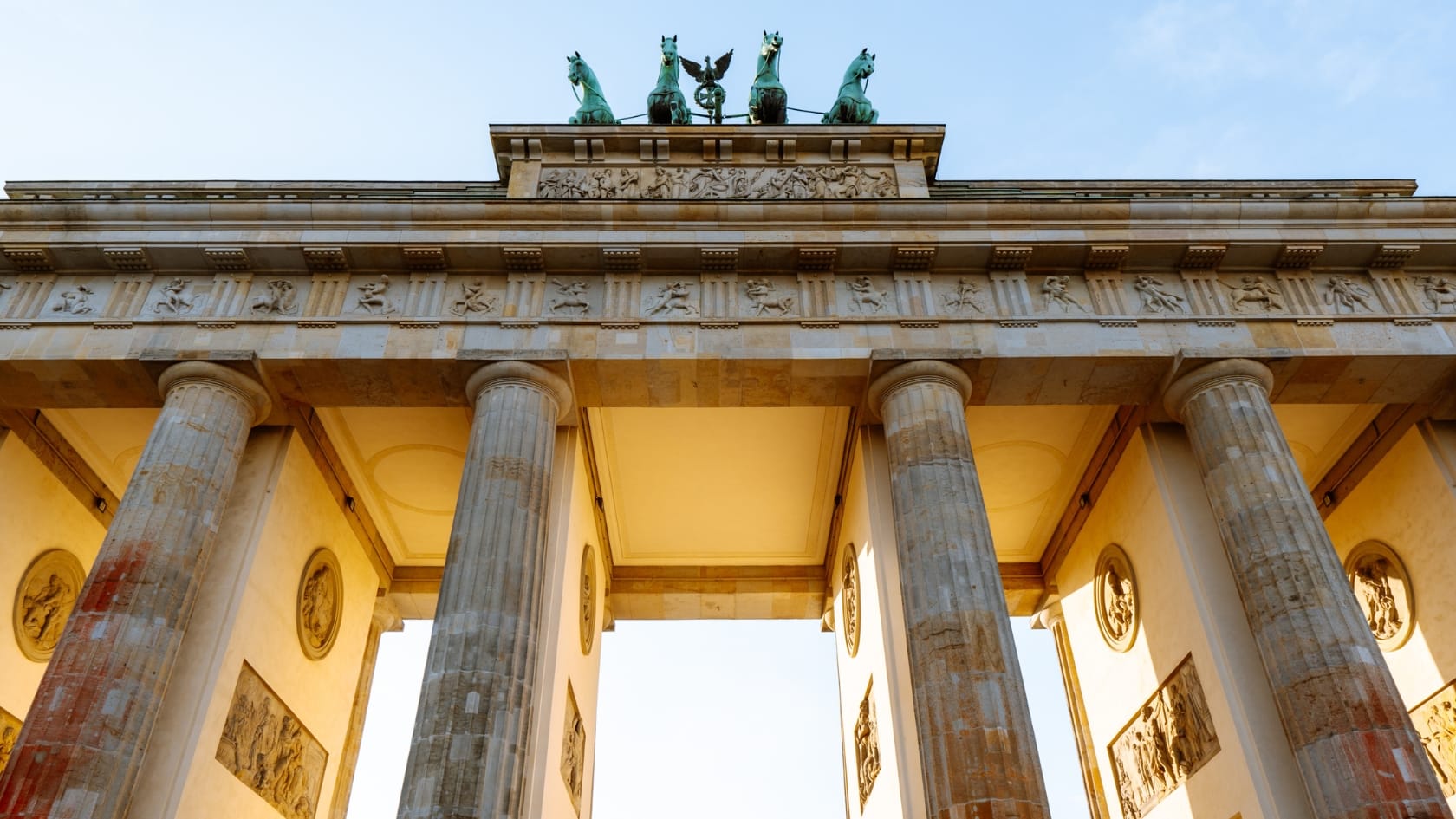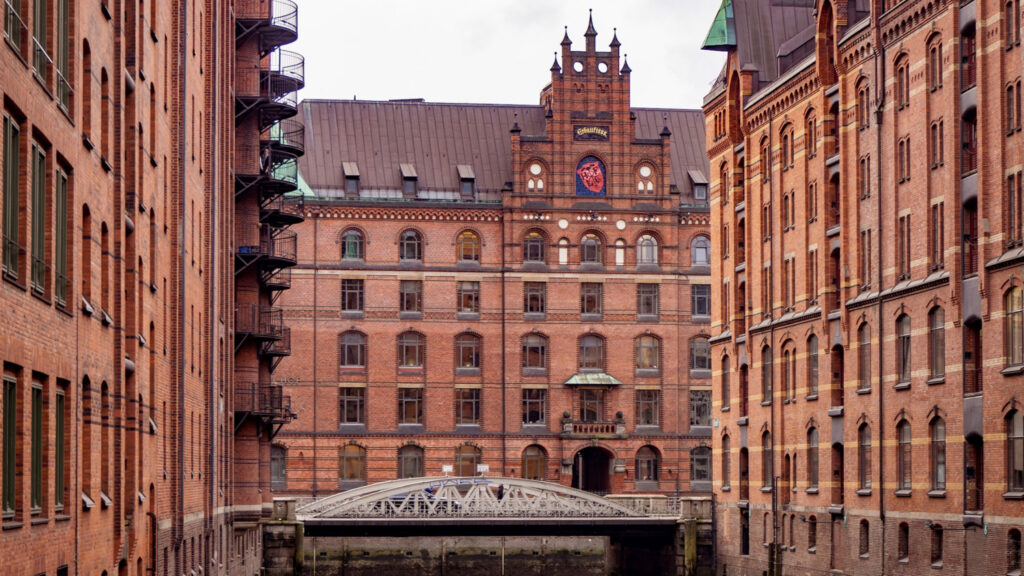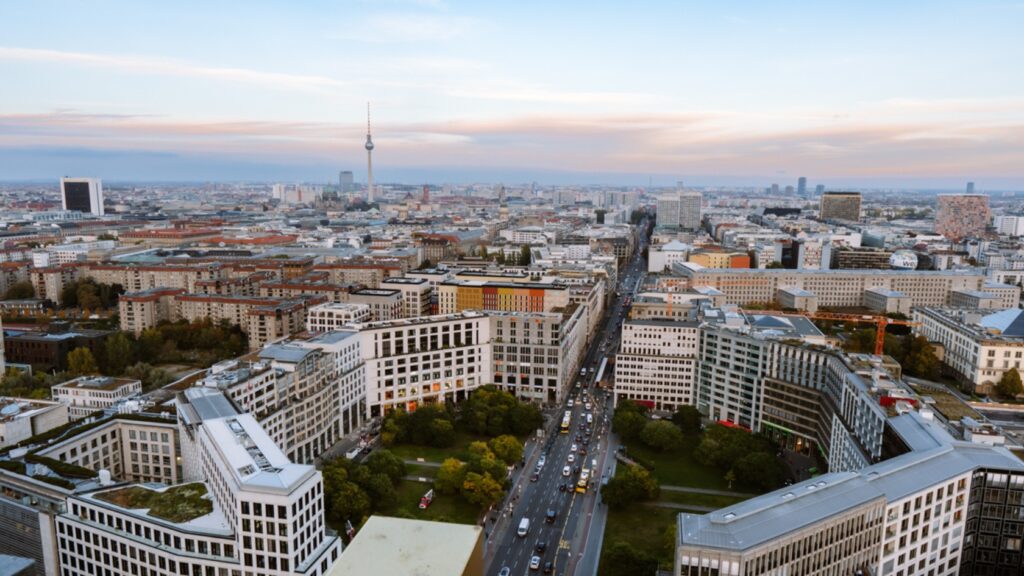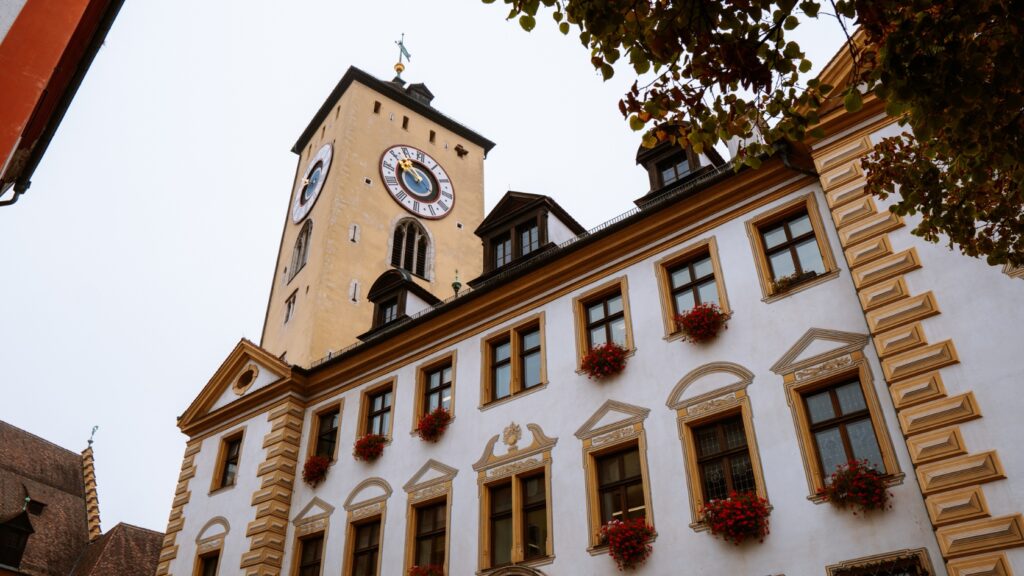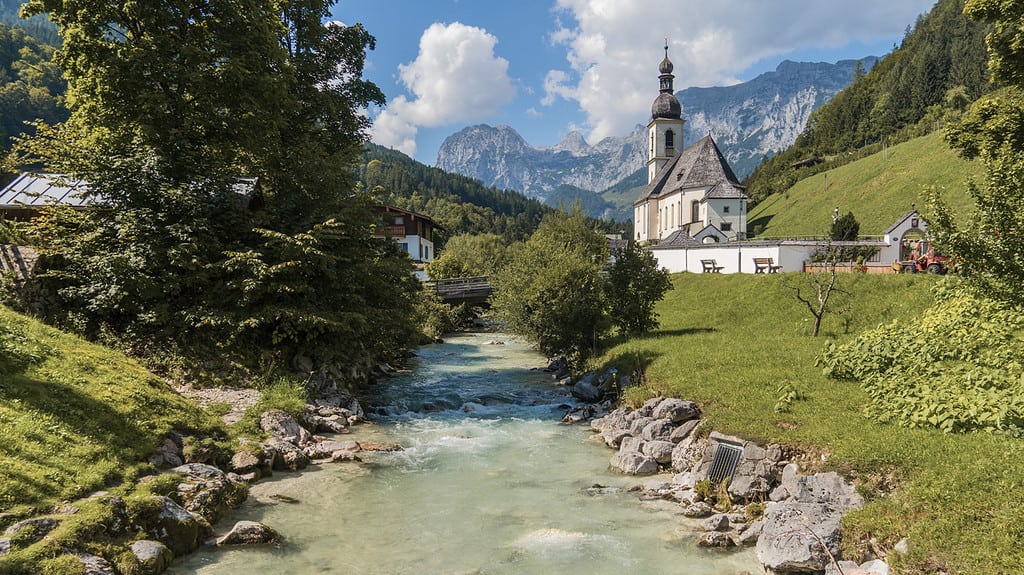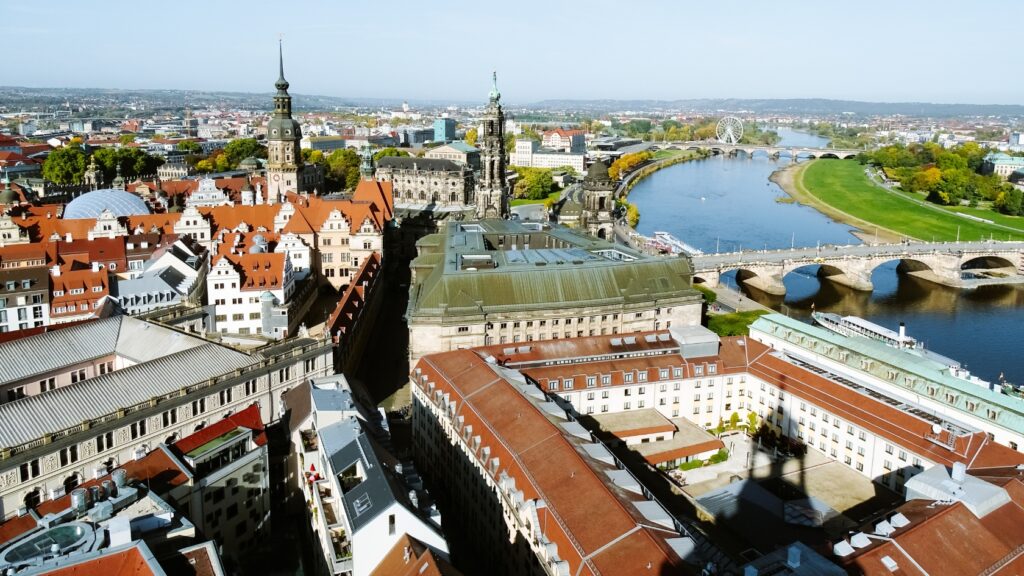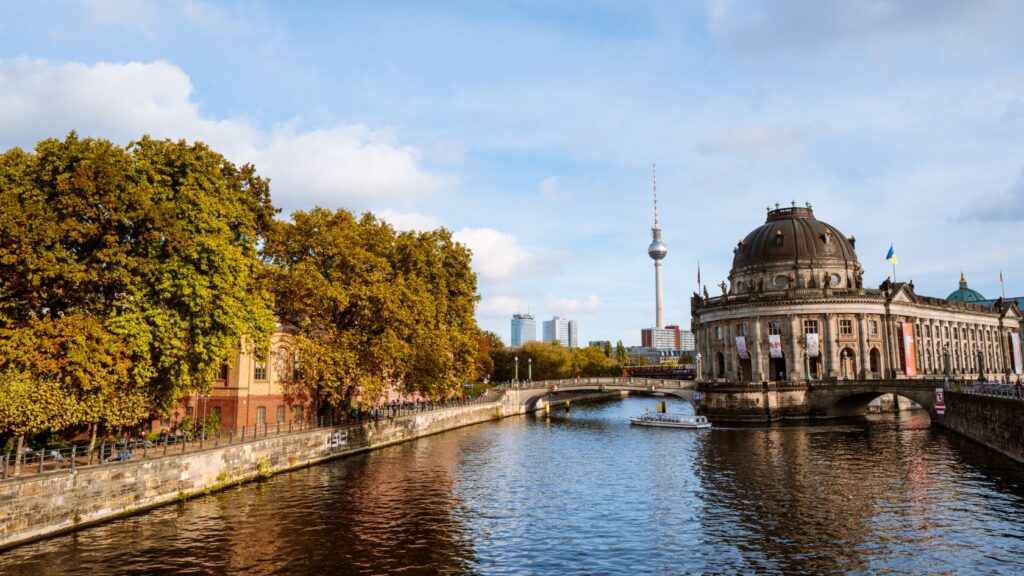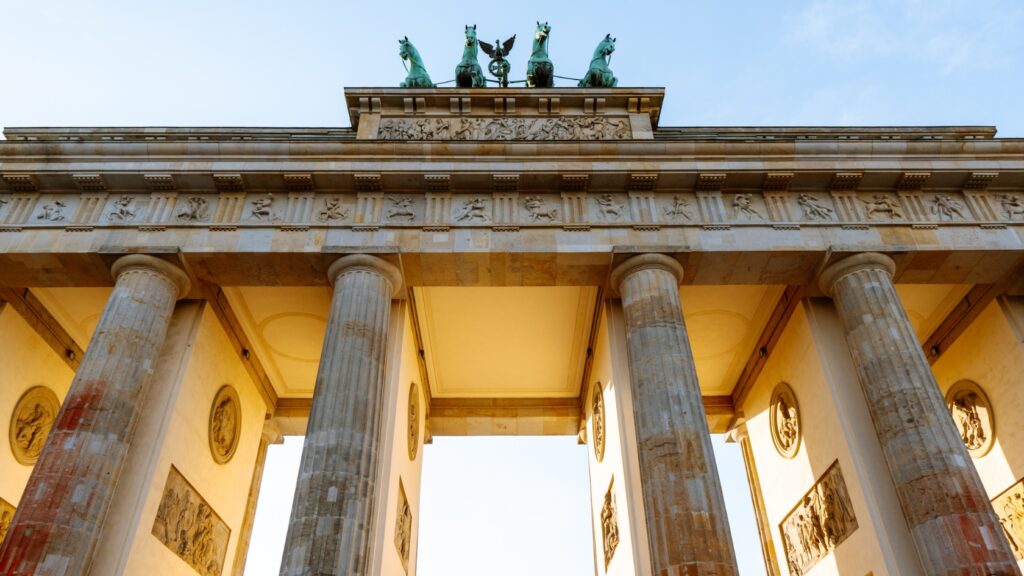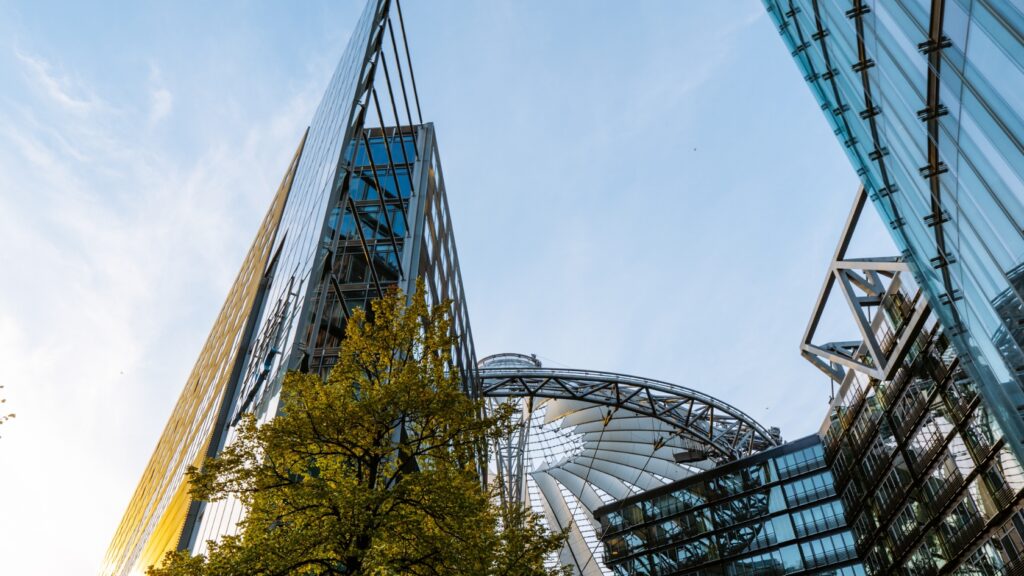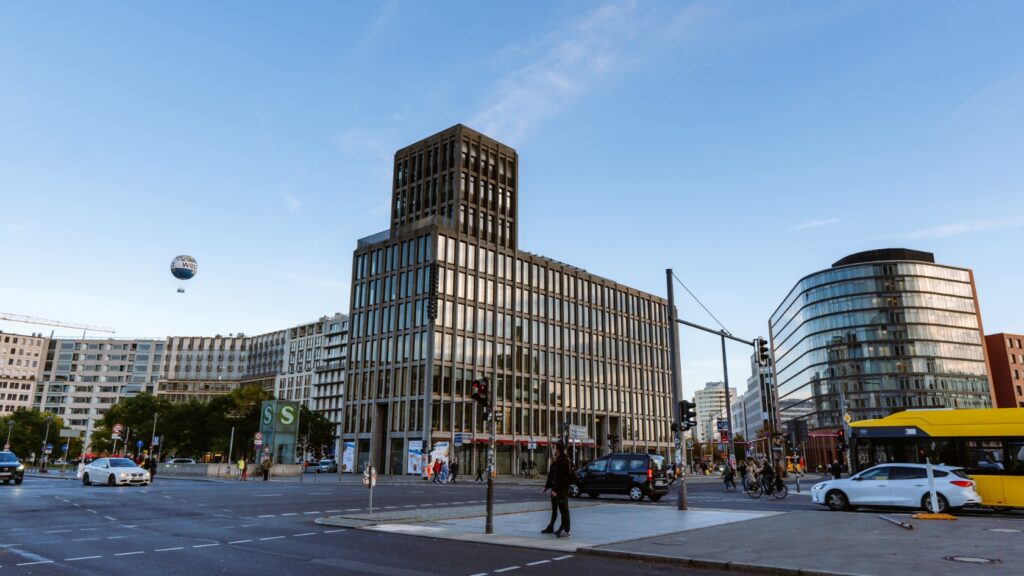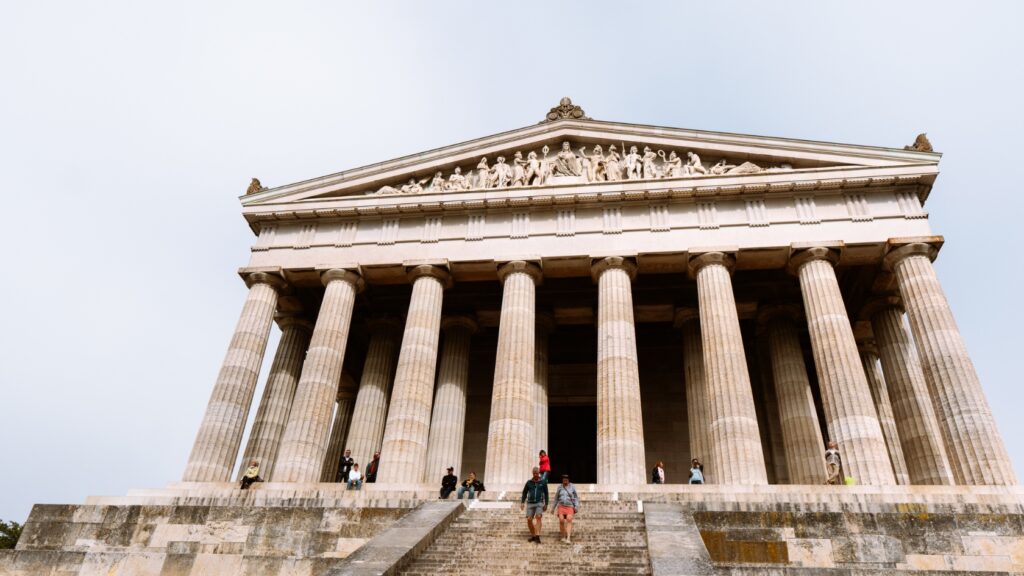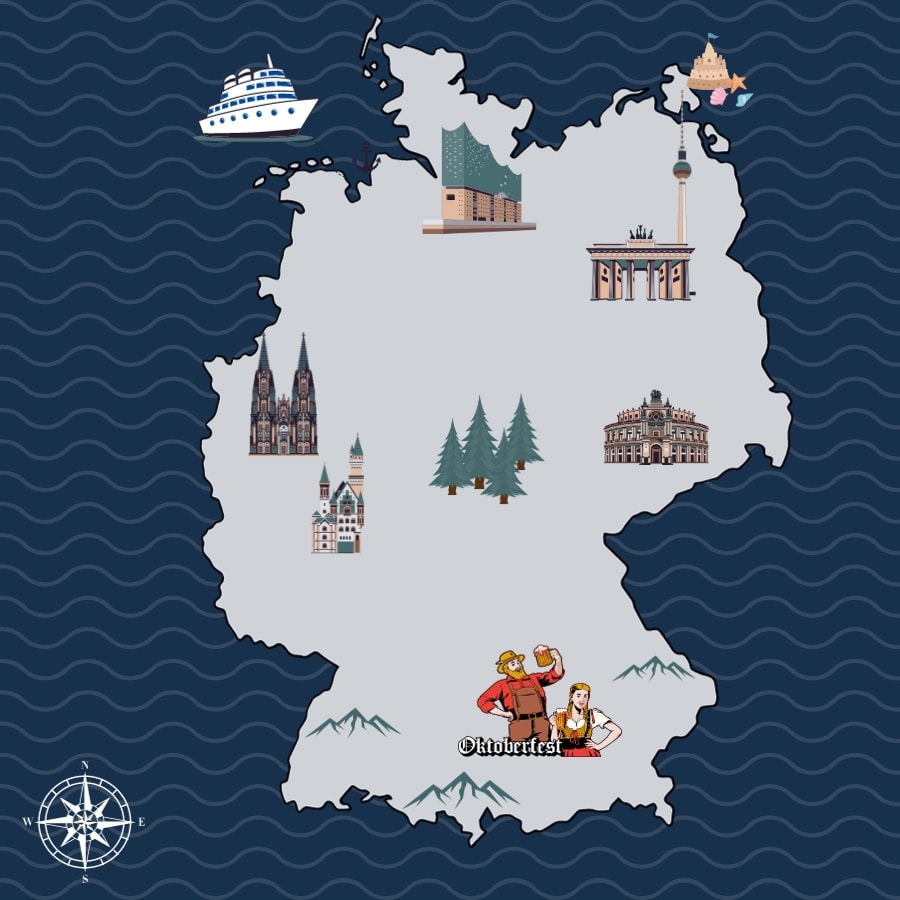TRAVEL GUIDE FOR GERMANY
Discover Germany, where cobbled streets are lined with charming half-timbered houses, majestic castles adorn the landscape and the breathtaking Alps rise to the south. From the calm beaches of the Baltic Sea to the striking white cliffs of Rügen.
THE BEST PLACES IN GERMANY
20 Things to do in Hamburg, Germany (+ map): Best places to visit
Hamburg is a unique city full of things to see. We have prepared…
29 Things to do in Berlin (+ map): Best places to visit
Looking for best places to visit in Berlin? Check out the things to…
11 Things to do in Regensburg (+ map): Best places to visit
Regensburg, the historic city on the Danube, will not only enchant you with…
23 Things to do in the Bavarian Alps, Germany: Best hikes (+ map)
Visit the Bavarian Alps, where beautiful nature, wild gorges, crystal clear lakes and…
15 Things to do in Dresden, Germany (+ map): Best places to visit
Looking for best places to visit in Dresden? See the 15 things to…
BERLIN
3 Days in Berlin: Complete Itinerary (+ map)
At first glance, Berlin is not one of the most beautiful cities in…
29 Things to do in Berlin (+ map): Best places to visit
Looking for best places to visit in Berlin? Check out the things to…
8 Best Hotels in Berlin for every budget (+ handy tips and map)
Berlin offers plenty of accommodation options. So you don’t have to go through…
2 days in Berlin: Best itinerary of what to see in Berlin (+ map)
Berlin is a city where you will never be bored. It will inspire…
Berlin Transport: Complete guide to the underground and public transport in Berlin
In this guide to transport in Berlin, we look at everything you need…
BAVARIA
11 Things to do in Regensburg (+ map): Best places to visit
Regensburg, the historic city on the Danube, will not only enchant you with…
2 days in Regensburg, Germany: Complete itinerary (+ map)
Regensburg is famous for its beautifully preserved medieval centre, where you can wander…
23 Things to do in the Bavarian Alps, Germany: Best hikes (+ map)
Visit the Bavarian Alps, where beautiful nature, wild gorges, crystal clear lakes and…
USEFUL INFORMATION
When to visit Germany?
Germany is an ideal destination all year round. The best time depends on what you plan to do in Germany:
Spring (April to June): Spring is the perfect season for sightseeing. Nature is starting to turn green, the crowds are smaller in early spring and the temperatures are pleasant for strolling through the medieval streets or modern boulevards.
Summer (July to August): Summer is the peak season for hiking and the temperatures are ideal for swimming in the Baltic Sea or hiking in the Bavarian Alps. Summer is also full of events, including various music and street festivals.
Autumn (September to October): Autumn is particularly popular thanks to Munich’s Oktoberfest, which usually starts at the end of September and lasts until the beginning of October. The weather is cooler but still pleasant, and the autumn foliage is beautiful, especially in the wine-growing areas along the Rhine.
Winter (November to March): Winter is magical in Germany, especially if you like Christmas markets, which usually start at the end of November and continue until December. It is also a great time for winter sports in the mountains.
Transport in Germany
Public transport
The German state railway Deutsche Bahn (DB) operates an extensive train network. It includes the high-speed InterCity Express (ICE) trains that connect major cities such as Berlin, Munich and Frankfurt. Regional trains (RegionalBahn and RegionalExpress) connect smaller towns and rural areas.
Buses work just as well as trains in Germany. For longer routes, the most common carrier is Flixbus, which also connects selected German cities with Prague and other cities in the Czech Republic.
Large cities such as Berlin, Hamburg and Munich have comprehensive public transport systems, including the U-Bahn (underground), S-Bahn (suburban trains), trams and buses. They are reliable and cover most areas of cities and suburbs.
Public transport usually operates on a zonal ticketing system. Tickets can be purchased at station kiosks, online or via mobile apps.
By car to Germany
Germany offers well-maintained roads and a dense network of Autobahns (motorways), which are known for having sections with no speed limit. Outside municipalities, the maximum speed is 100 km/h and in urban areas it is 50 km/h, unless otherwise stated.
Ecological plaque
Many German cities have eco-zones where only cars meeting certain emission standards are allowed to enter. These include Berlin, Munich, Regensburg and Dresden.
For this reason, you need a green sticker before entering this zone to prove that your car meets the emission standards. This also applies to cars registered abroad – electric vehicles with a blue E sticker are exempt.
The minimum standard for entry into the low emission zone is Euro 4 for Diesel (date of car manufacture 2005 and above) and Euro 1 for petrol (date of car manufacture 1992 and above). However, you should still check which emission standard your car meets on the large technical certificate.
You can order your eco-plaque online for a fee of €6. It is advisable to book at least 3 weeks before your arrival in Berlin so that it can arrive at your home.
Culture and tradition in Germany
Culture
Germany is renowned for its contributions to art, philosophy and science. It has been home to some of the world’s most influential composers, thinkers and artists such as Beethoven, Bach, Kant and Goethe. This is evident in the country’s many museums, theatres and concert halls. The country also has a strong literary tradition, for example the fairy tales of the Brothers Grimm are ubiquitous.
Traditions and festivals
German traditions vary greatly from region to region, reflecting local history and lifestyles. The most famous celebration is the Oktoberfest in Munich, a multi-week festival celebrating Bavarian culture, food and, above all, beer. Another focal point of German culture is the Christmas markets that take place all over the country. Another popular tradition is Fasching, a carnival-like festival with costumes and parades, which is especially important in Cologne and Mainz.
Typical dishes in Germany
Each region has its own specialities, such as seafood dishes in the north or pork dishes in Bavaria. The staple of the German diet is bread and beer, which are offered in different variations depending on the region. And we can’t forget the world-famous sausages and sauerkraut.
Here are some of the most typical and popular dishes to try in Germany:
- Bratwurst: These sausages are made from pork, beef or veal and each region has its own recipe. They are often grilled and served with mustard and bread or potato salad.
- Sauerkraut: Sauerkraut is a staple of German cuisine and is known for its distinctive sour taste. It is commonly served as a side dish with pork, sausages or other meats.
- Pretzels (Brezeln): Knot-shaped breads, sprinkled with coarse salt and sometimes served with butter. You can find them in bakeries and beer gardens all over Germany.
- Schnitzel: A classic breaded and fried schnitzel that is very popular in Germany, even though it comes from Austria. In the German version, pork (Schweineschnitzel) is often used instead of veal.
- Sauerbraten: This is a roast, usually of beef (but also of other meats), which is marinated before slow cooking. The meat is very tender and is often served with red cabbage and dumplings or boiled potatoes.
- Käsespätzle: German version of macaroni and cheese. Spätzle are soft egg noodles or dumplings and in this dish they are mixed with lots of melted cheese and fried onions on top.
- Potato salad (Kartoffelsalat): The German potato salad differs from its American counterpart. It is usually prepared with vinegar and oil, onions and often bacon and can be served hot or cold.
- Schwarzwälder Kirschtorte (Black Forest cake): This famous dessert consists of several layers of chocolate sponge cake, whipped cream and cherries and is decorated with more whipped cream, maraschino cherries and chocolate shavings.
- Apfelstrudel: It is a popular dessert in southern Germany, a pastry filled with apples, sugar, cinnamon, raisins and breadcrumbs.
It is common in restaurants to tip 5-10% of the bill.
☞ See all destinations.
